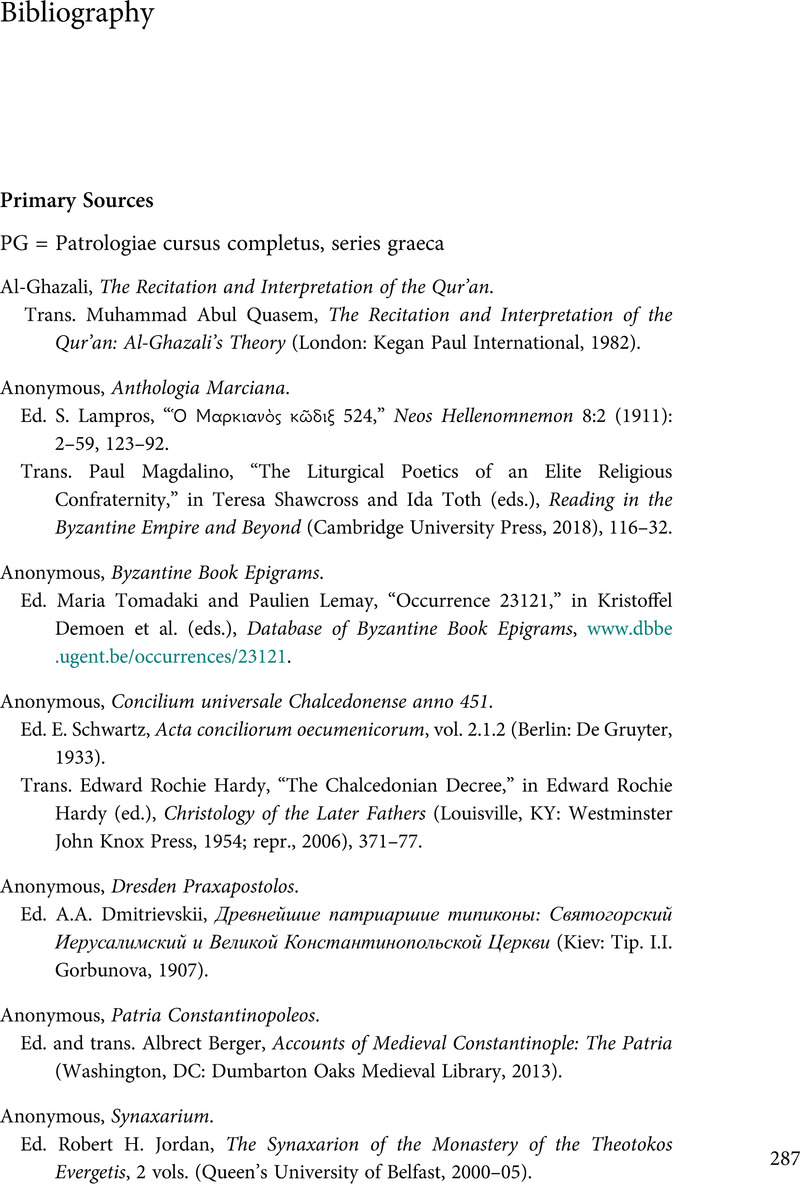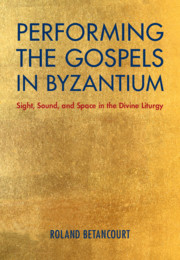Bibliography
Published online by Cambridge University Press: 12 March 2021
Summary

- Type
- Chapter
- Information
- Performing the Gospels in ByzantiumSight, Sound, and Space in the Divine Liturgy, pp. 287 - 318Publisher: Cambridge University PressPrint publication year: 2021



